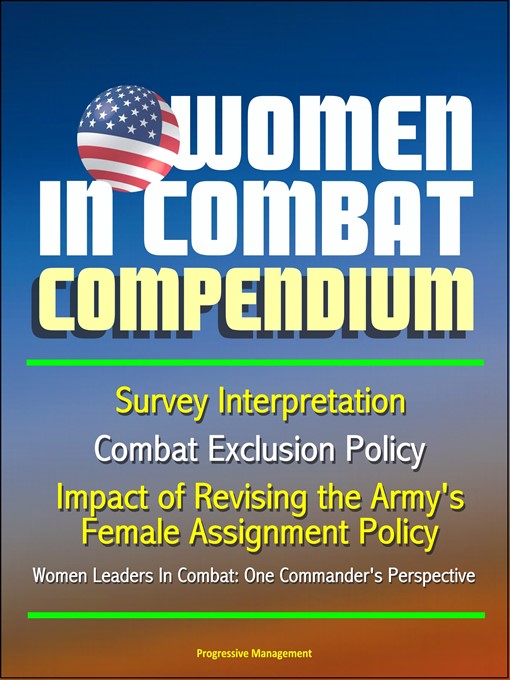- Arts & Crafts
- Fitness and Health
- Outdoor Recreation
- Biography & Memoir
- Business
- History
- All Nonfiction
- See all
-
Description
-
Details

OverDrive Read
- ISBN: 9781311021939
- Release date: September 9, 2014
EPUB ebook
- ISBN: 9781311021939
- File size: 2379 KB
- Release date: September 9, 2014
